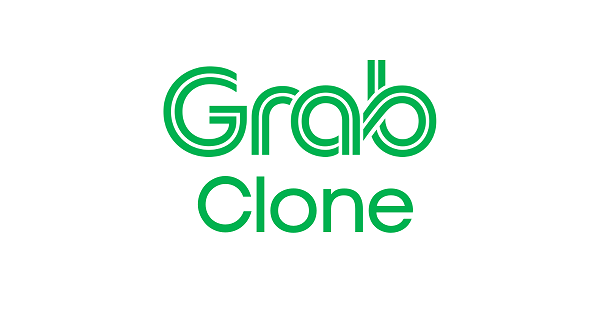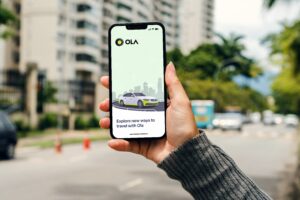How Grab works: The on-demand business model
Grab ride-sharing is a renowned on-demand business model that leads Southeast Asia’s mobility platform. Grab in Asia actively offers food delivery services, ride-sharing services, and ride-booking services for taxis, bikes, carpooling, shuttle services via a single super-app.
In just four years after its launch as GrabTaxi in 2012, the car-hailing, ride-sharing, and food delivery business has grown to be Southeast Asia’s most popular.

Grab purchased Uber’s Southeast Asian business in March 2018, establishing it as one of the region’s most popular cab-hailing applications. For 2020, Grab has announced a 70% rise in revenue run rate.
Grab’s business model is extremely straightforward. In tiny firms, physical assets and drivers are rare. Grab’s technology connects passengers in need of a trip with drivers willing to take them, and Grab will eventually receive a share of the fees. Grab has 187 million users worldwide. It earns money from a variety of sources, including driver and restaurant commissions, payment processing fees, platform advertising, referral fees, and more. Its business plan is based on creating a super app that can meet practically any customer’s daily needs.
Grab presently offers a variety of products, including:
- GrabRides is a ride-hailing app that lets users book taxis and other types of vehicles on demand.
- GrabFood is a restaurant-style food delivery service.
- GrabMart is an app that allows users to order groceries.
- GrabPay is a digital wallet that allows users to make real-world purchases.
- GrabInsure is a company that provides insurance for your vacations and rides.
- GrabFinance, a company that gives drivers loans and customers ‘buy now, pay later’ options… and a few others.
It’s worth noting that Grab frequently tests new products within the app to see what sticks.
Table of Contents:
- Grab Business Model Canvas Explained
- Key Segments in Grab Ride Sharing Model
- Grab Taxi Business and Revenue Model
- Grab Revenue Insights- How does it make money?
- Why is Grab so successful?
- The future is all about the on-demand business model
- Launch your Grab Clone App Now!
To get a clear idea about the business model, let us discuss its various aspects in detail.
Grab Business Model Canvas Explained
Grab follows a light asset business model that enables customers to book a ride with the people willing to offer their ride services. Once the ride is completed, Grab takes a pre-decided cut from the fare.
Grab Asia is one of the leading on-demand apps from where you can hire anything on wheels. More than 6 million rides are being carried out daily, and around 2.8 million drivers are associated with the brand. The company earns revenue comes from multiple services like hotel booking services, food ordering platforms, grocery shopping, trip planning, and many more.
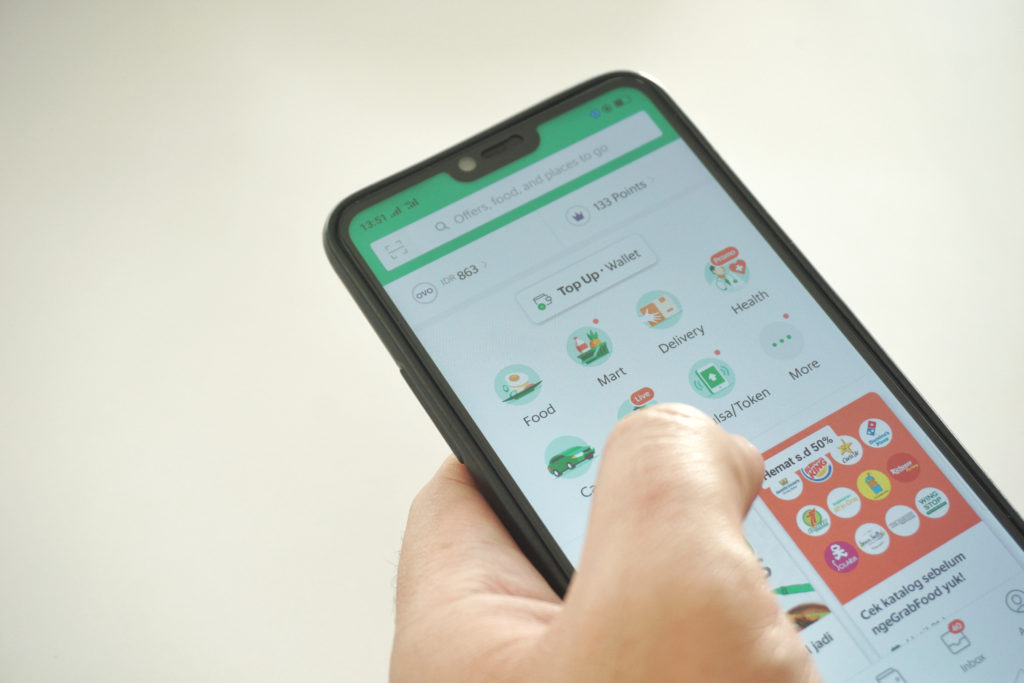
Key Segments in Grab Ride Sharing Model
Here is the list of core partners, that works together.
- Drivers – Pillar for supply-side
- Customers – Pillar for demand-side
- Investors – Pillar for investment
Grab Taxi Business and Revenue Model
Grab Asia follows the revenue model to take a commission out from the rider’s fare. Here is a detailed process to explain how Grab Taxi Business models generate revenue.
Segment: Customers
As an integral part of the on-demand taxi business, Grab revenue is much dependent upon the riders. Riders get an instant pick-up within a few minutes after they successfully book a ride via an app.
While initiating the booking process, a rider can check for the fixed fare. It helps in adding transparency to the riders about fares. As soon as the ride is completed, a rider has the full freedom to leave feedback.
Segment: Drivers
On-board drivers can earn a decent amount by getting on board. The flexible working hours and easy accessibility to passengers’ search make it convenient for them to monetize their assets and time. This easy-to-work business model explains why Grab Asia can grow with around 3.5 Million drivers until now.
There are three major categories for drivers:
1. Silver: A driver needs to complete 60 rides per month, and he becomes eligible for coupons for car maintenance services.
2. Gold: A driver needs to complete 150 rides per month, and he becomes eligible for lifestyle coupons and vouchers.
3. Platinum: A driver needs to complete 300 rides per month, and he becomes eligible for medical health benefits.

Grab Revenue Insights- How does it make money?
Grab Asia works on the commission model. It takes around 16% to 25% of commission as their service charges. An average cut of 25% per ride makes it convenient for the company to earn approximately 4 million in revenue per year with every ride confirmation.
The company refrains itself from offering any discounts or free coupons for rides, making it earn a minimum of $418 commission from each driver. There is a referral bonus scheme ($24 per referral) that encourages drivers to build a network.
Let’s take a closer look at all the ways through which Grab makes money.
GrabRides
Grab’s Rides section offers a wide range of transportation options. Here are several examples:
- JustGrab is a service that allows you to hire the nearest taxi or automobile.
- GrabHitch allows users to carpool with other users and save up to 40%.
- GrabBike is a motorcycle-based ride-sharing service.
- GrabFamily: vehicles with added safety features.
- GrabPet is a ride service that allows you to transfer your pets.
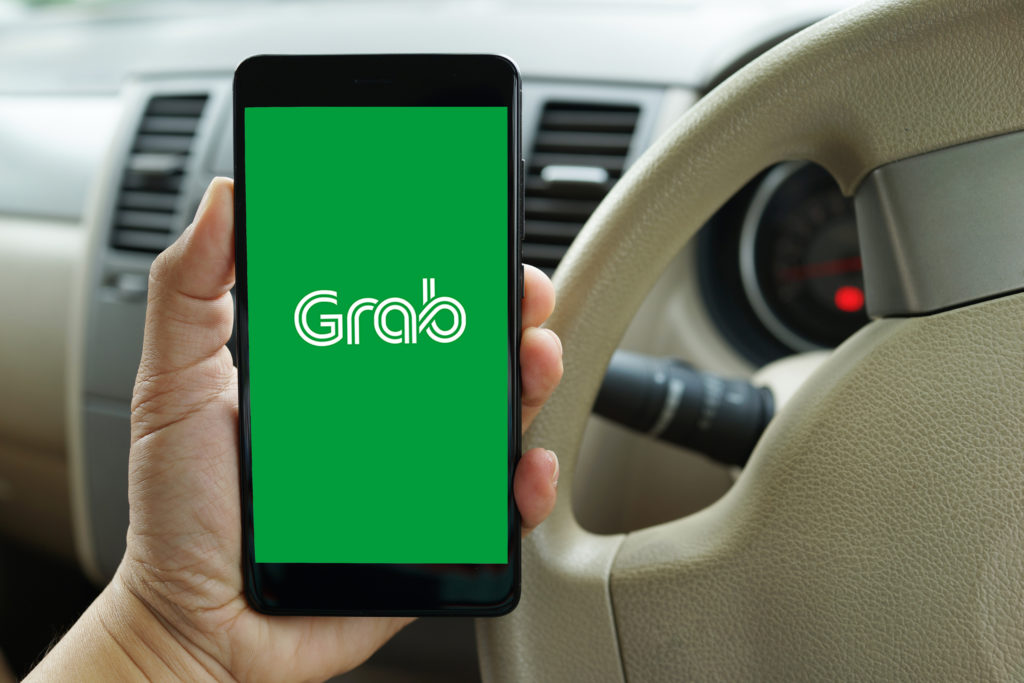
Driving partners are employed on a contract basis, which means they can work whenever they want. Grab has created a separate app for its drivers that allows them to track their hours.
This also implies that drivers are responsible for their own fuel, insurance, and necessary repairs. Grab, on the other hand, has partnered with other businesses to help its drivers. For example, its 2018 agreement with Toyota lets drivers from the Philippines get low-interest loans to modify their vehicles.
Grab then makes money by deducting a percentage of the total fare, which is usually approximately 20%. If a ride costs $10, for example, Grab gets to retain $2.
GrabFood
GrabFood allows customers to order food from nearby restaurants.
Grab collaborates with drivers who pick up food from restaurants and deliver it to customers’ homes.
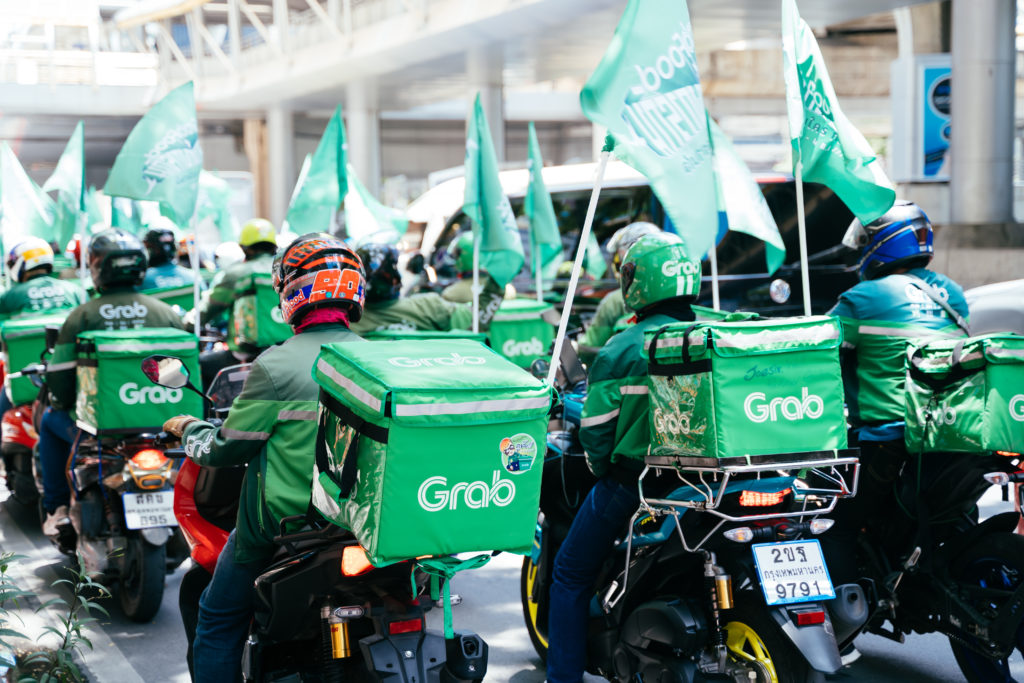
Customers pay a delivery fee in exchange for this service. The final bill is determined by the distance between the restaurant and the customer’s residence. Customers can tip drivers, just like they can with GrabRides (100 percent of the tip will go to the driver).
Grab generates money from its food delivery service by taking a share of the revenue from restaurants (called service fees). The service cost is usually between 25% and 30% of the total.
Grab started a cloud kitchen business (named GrabKitchen) in 2019 in addition to working with restaurants. These cloud kitchens are run in collaboration with well-known restauranteurs.
Because Grab provides the kitchen infrastructure, the percentage cut it takes from the partner is likely to be slightly greater.
GrabMart
Users can order groceries and beverages from various supermarkets and kiosks, similar to GrabFood.
Packaged foods (such as bread or cookies), beverages (juices, milk), healthcare products (medicine, sanitizer), personal care (such as shampoo), housekeeping products (detergents or dishwashing solutions), and presents are among the items available (such as books or flowers).
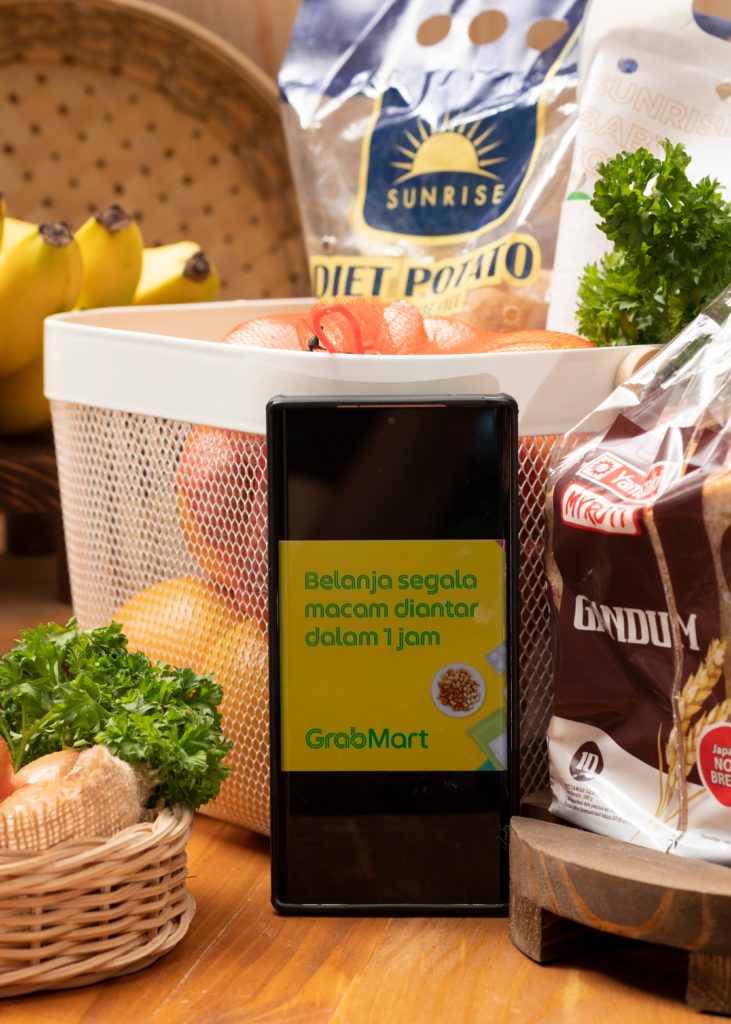
Grab generates money from the service by collecting a cut from the stores with which it collaborates. However, when compared to GrabFood and GrabRides, that cut is likely to be significantly lower. This is due to the fact that margins in the FMCG industry are often substantially smaller.
Furthermore, GrabMart’s pricing is almost certainly higher than those in the shop. As a result, product margins tend to be greater.
GrabExpress
Apart from people and food, Grab users can have stuff transported via the platform’s riders.
Users can utilize GrabExpress to mail letters to another address nearby, for example. Motorbikes or vehicles are used to transport objects, depending on their size.
Packages are also insured (up to SGD 500 in Singapore) and may be traced in real-time during delivery.
Grab, like GrabRides, deducts a percentage from the total fare. The fees are quite comparable to those charged by a ride-hailing service.
GrabPay
GrabPay is a mobile wallet that lets users pay for goods and services both inside the Grab app ecosystem and at select in-store retailers.
When it comes to maintaining Grab’s position as Southeast Asia’s leading super app, its payment division is undoubtedly its most significant commercial segment.
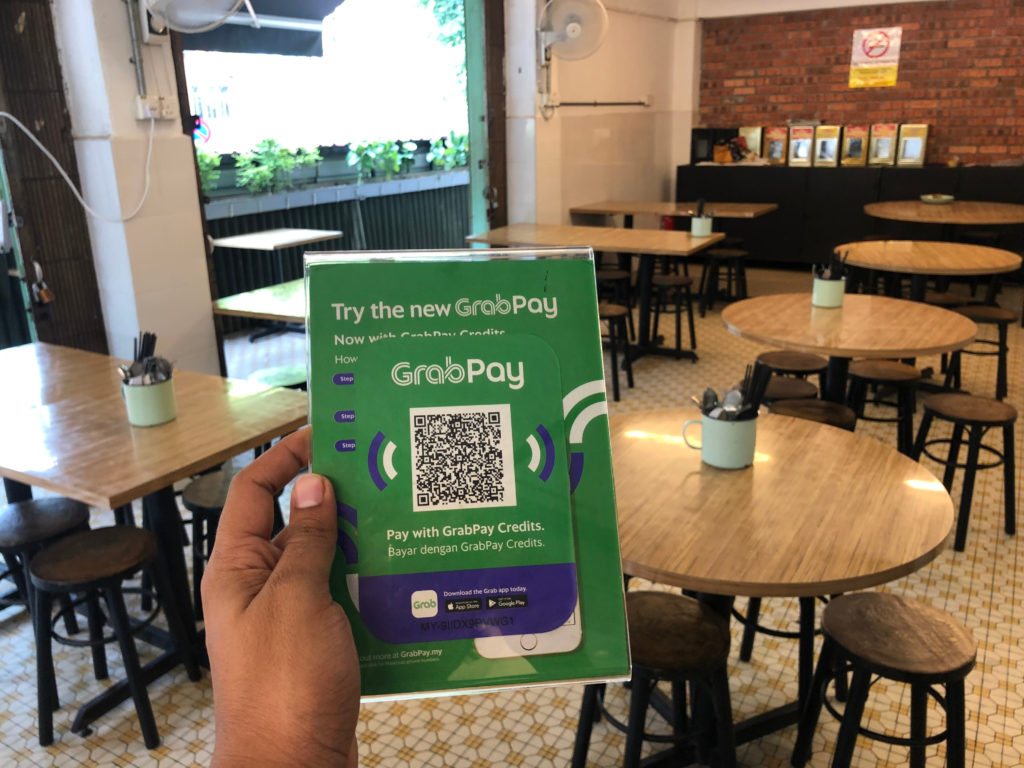
Many of its direct and indirect competitors, such as Go-Jek, Lazada, and Shopee, have entered the high-margin payments market by launching their own wallets.
GrabPay currently generates a large amount of money for the company. To begin, merchants who use GrabPay pay a small charge for each transaction (around 1 percent).
In addition, Grab has partnered with Mastercard to create its own physical debit cards. When you pay with a debit or credit card, you’ll be charged an interchange fee. Grab and Mastercard, as the card’s issuer, will most likely split the cost between themselves.
Grab has also introduced a ‘buy now, pay later’ service, which allows customers to pay for items in four installments. While the service is free, clients will be charged a penalty fee (about 4%) if they do not pay an installment on time.
Why is Grab so successful?
Have you ever wondered what makes the company conquer Southeast Asia in such a short period? The wise three vital elements on which the Grab ride-sharing platform focus make it understood why it is in high demand.
- Successfully meeting the local requirements
- Taking an active part in resolving the transport issues at the local level
- Easy access to the hyperlocal businesses
And rest is history for the company.
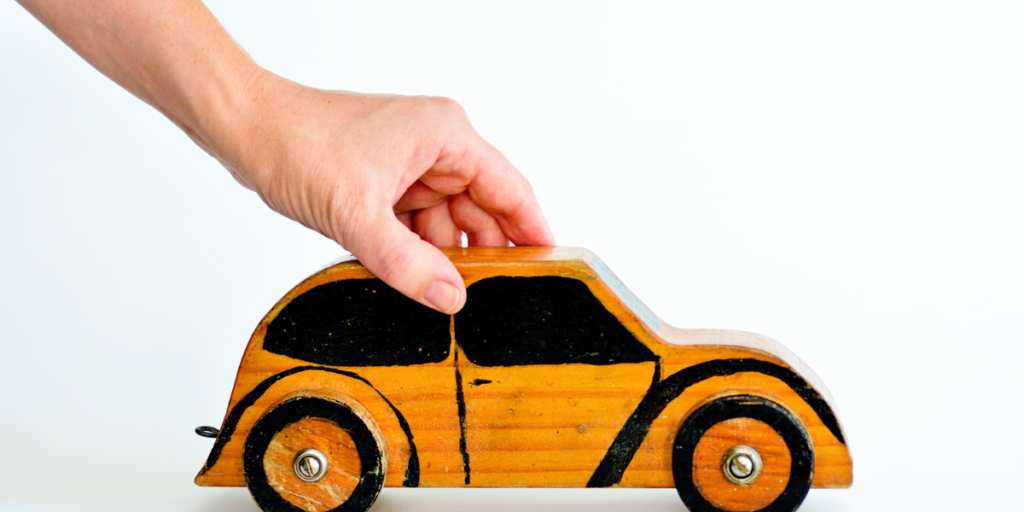
The future is all about the on-demand business model
Touted as a super app model, Grab Asia is a front-line player in the consumer demand market. In the coming times, the on-demand taxi business model is ready to conquer the hyperlocal marketplace industry.
The battle for supremacy for the Super app is on, and the on-demand ride-sharing platform is all set to fix a consumer industry’s fixed position. The one-stop platform has already been tough competition in SEA and is on its way to entering the global market.
Launch your Grab Clone App Now!
Do you have a plan to start your on-demand business model with a super-app? Connect with Team Jugnoo to launch your Grab Clone.
We have a talented team of designers and engineers at Jugnoo that are pioneering the development of on-demand apps like Grab. We can provide end-to-end help, from strategic design to app launch, because we have a comprehensive development team.
Interested? Share your requirements with us and get started today!
